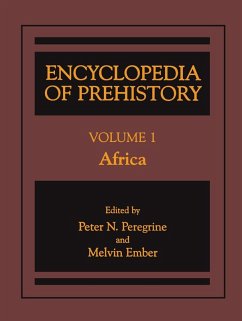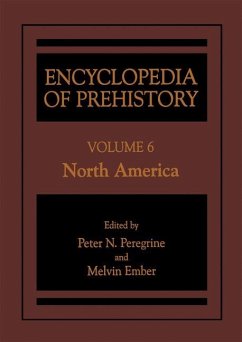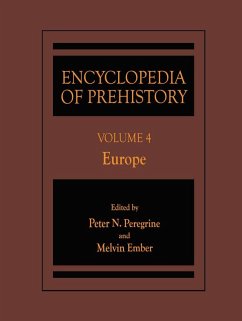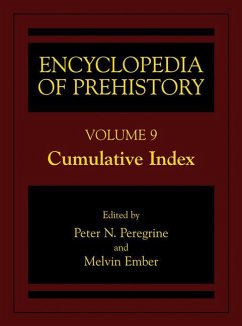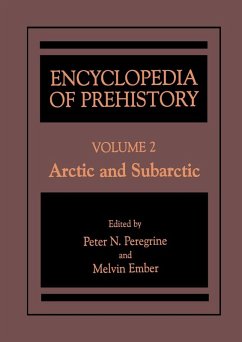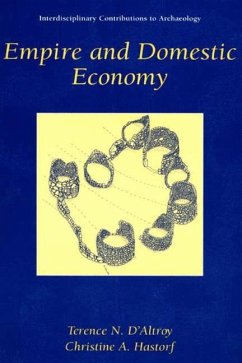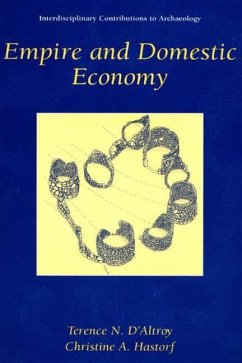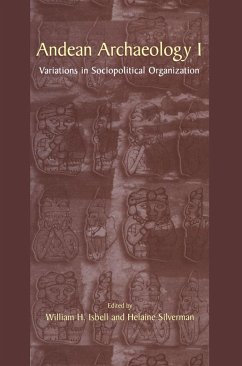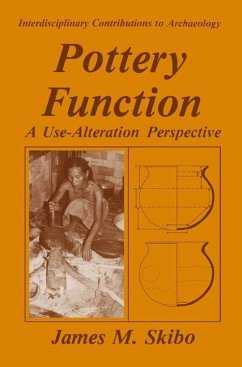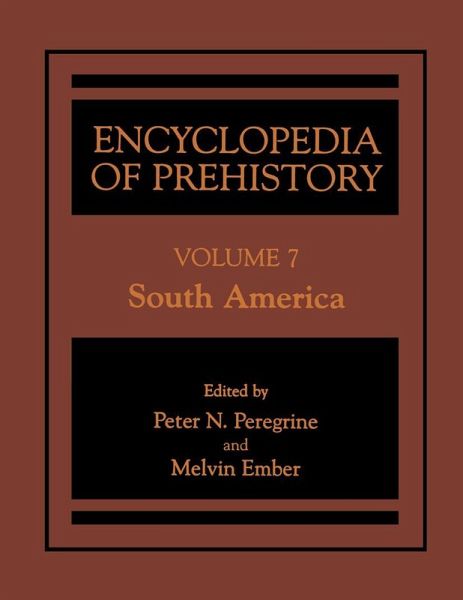
Encyclopedia of Prehistory
Volume 7: South America
Herausgegeben: Peregrine, Peter N.; Ember, Melvin
Versandkostenfrei!
Versandfertig in 1-2 Wochen
115,99 €
inkl. MwSt.

PAYBACK Punkte
58 °P sammeln!
The Encyclopedia of Prehistory, with regionally organized entries on each major archaeological tradition, is a comprehensive overview of human history from two million years ago to the historic period. Prepared under the auspices and with the support of the Human Relations Area Files, and an internationally distinguished advisory board, the encyclopedia is written by noted experts in the field and edited by Peter N. Peregrine and Melvin Ember. These volumes employ comparable units of description and analysis, making them easy to use and compare. Volume 7 focuses on South America.
temporal dimension. Major traditions are The Encyclopedia of Prehistory represents an attempt to provide basic information also defined by a somewhat different set of on all archaeologically known cultures, sociocultural characteristics than are eth covering the entire globe and the entire nological cultures. Major traditions are prehistory of humankind. It is designed as defined based on common subsistence a tool to assist in doing comparative practices, sociopolitical organization, and research on the peoples of the past. Most material industries, but language, ideology, of the entries are written by the world's and kinship ties play little or no part in foremost experts on the particular areas their definition because they are virtually and time periods. unrecoverable from archaeological con The Encyclopedia is organized accord texts. In contrast, language, ideology, and ing to major traditions. A major tradition kinship ties are central to defining ethno is defined as a groupof populations sharing logical cultures. similar subsistence practices, technology, There are three types of entries in the and forms of sociopolitical organization, Encyclopedia: the major tradition entry, which are spatially contiguous over a rela the regional subtradition entry, and the tively large area and which endure tempo site entry. Each contains different types of rally for a relatively long period. Minimal information, and each is intended to be areal coverage for a major tradition can used in a different way.





